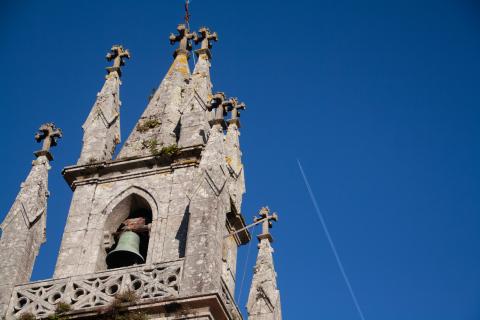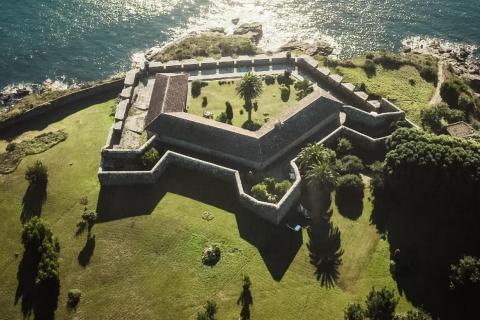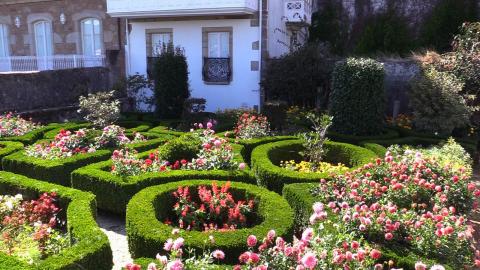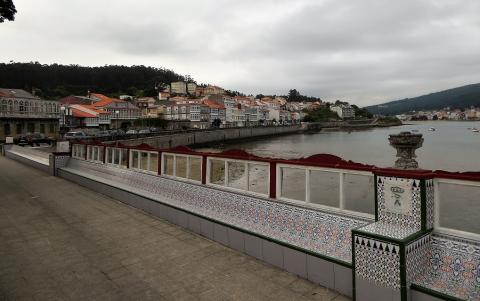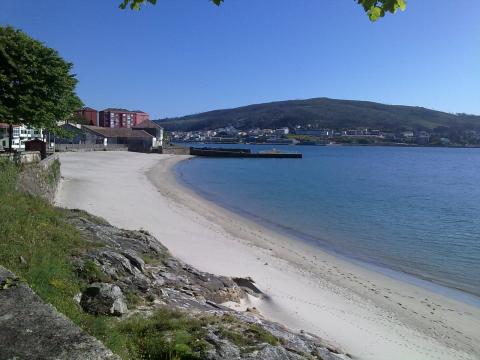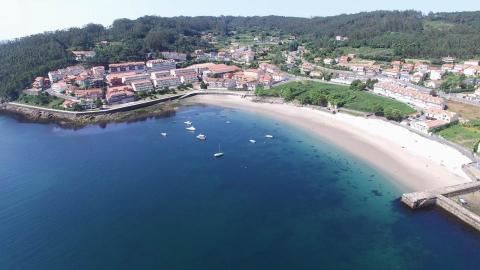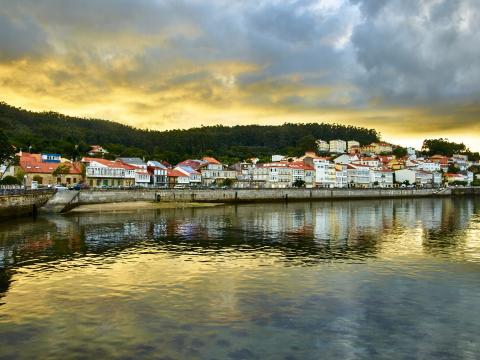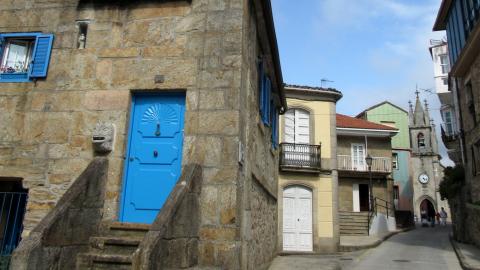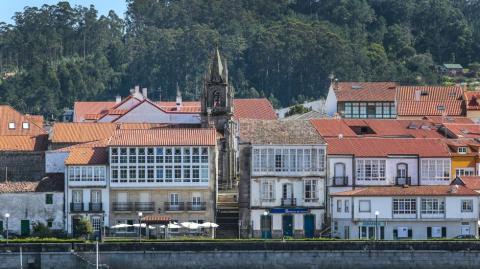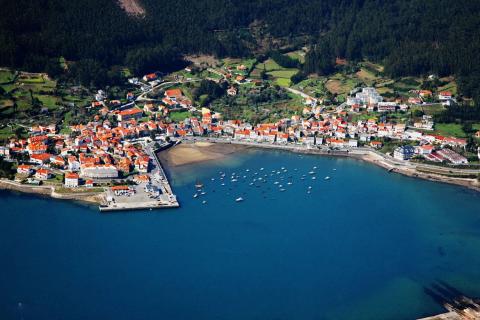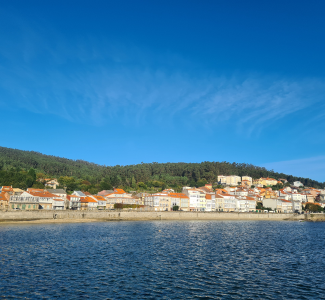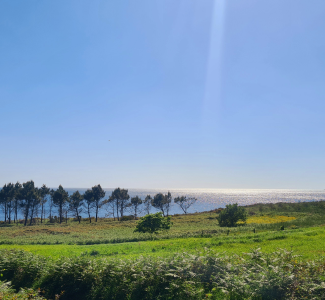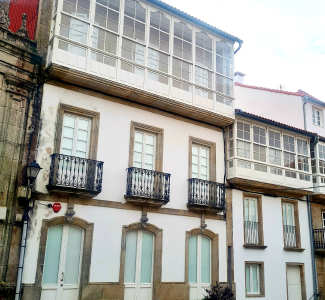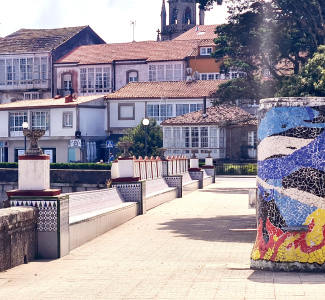What to see in Corcubion
Corcubion, a land of calm and bravery
Natural Heritage
Quenxe’s Beach
Quenxe’s beach is a small, secluded urban beach of 350 metres long with white sand. It has a promenade that borders the entire beach and through which you can reach the town of Corcubión walking through the port.
It is behind this beach where you can see the remains of some of the old salting factories that used to operate in Corcubión in past years.
Quenxe’s beach, together with Santa Isabel’s beach (this one located at the entrance to the village) have been declared "Smoke-free beaches" (Playa sin Humo) since 2017, within the Galician Network of Smoke-free beaches (Red gallega de playas sin humo), included in the Galician Programme for the Promotion of a Smoke-free Life (Programa Gallego de Promoción de una Vida Sin Tabaco), an initiative of the General Directorate of Public Health to promote non-smoking on beaches. The purpose of this initiative is not to fine, but its only objective is the promotion of health and the protection of the environment, that's why its fulfilment is voluntary.
The "Smoke-free beaches" have a sign with this distinction, which serves to indicate if it is a non-smoking beach, being excluded from this prohibition the open air areas of the hotels or restaurants that are located on the beach.
Cape Cee
You will find Cape Cee 4 kilometres from the village of Corcubión, in direction to Fisterra. From there you can enjoy a beautiful view of the Corcubión estuary. On the right you can see Cape Fisterra, on the left the granite Pindo’s Mount, whose summit is 627 meters above sea level.
From here you can also see the Lobeira Islands, as well as the Carromeiro Grande (towards the side of O Pindo) and the Carromeiro Chico, also known as the Greek Cemetery because of the shipwrecks of several Greek steamers in its bottom.
Lobeira Islands
The Lobeira Islands are two small archipelagos formed by rocks that receive the name of Lobeira Grande, located 2.8 kilometres from the coast, and Lobeira Chica, 1.5 kilometres away. They are located in the estuary of Corcubión, in front of the so-called Costa da Cabra. The size of the two islands is 12 hectares, when the tide is low you can see small sandy areas formed by pieces of shells.
The two islands are part of the European Network of Protected Areas and therefore constitute natural areas of great importance in the conservation of our environment.
The origin of the name Lobeiras is not clear, although it is most likely that its name refers to the fact that it was once visited by sea lions. But there is also another version, which is that sailors considered these islands to be a danger to navigation, waiting in hiding like a wolf (lobo in Spanish or Galician means “wolf”) for a ship to crash into them so that they could "eat" their crew.
These islands are very fragile and vulnerable environments. The introduction or accidental arrival of new invasive species means a serious threat to the animals and plants that live in these unique places, as they can be displaced and even disappear. This is why it is so important to protect them from outside predators such as cats, rats, foxes and others, as well as from the arrival of exotic plants.
Under the water that surrounds the Lobeiras live numerous species of animals and plants: seaweeds, sea urchins, crabs, starfish, fish and many other organisms that constitute true reserves of life that we humans take advantage of, among others.
In Lobeira Grande Island there is a lighthouse built in 1906. At the time it cost 5,246 pesetas and 27 cents. The building was abandoned in 1924 and included the lighthouse keeper's house, a food and goods warehouse and an office for the lighthouse engineer. Today its interior is in ruins.

